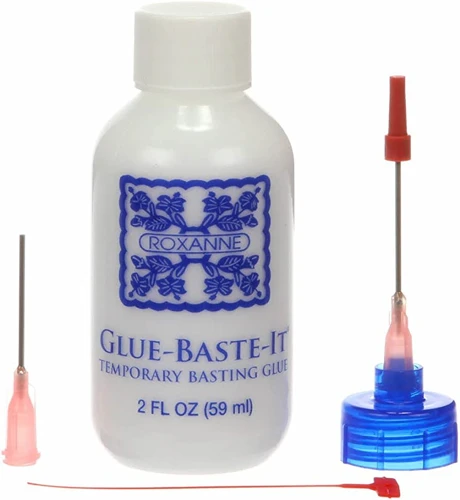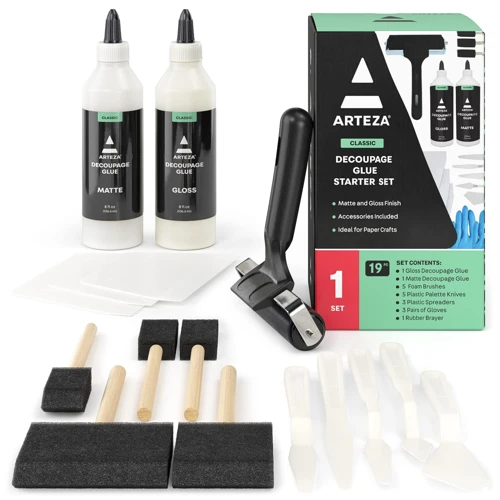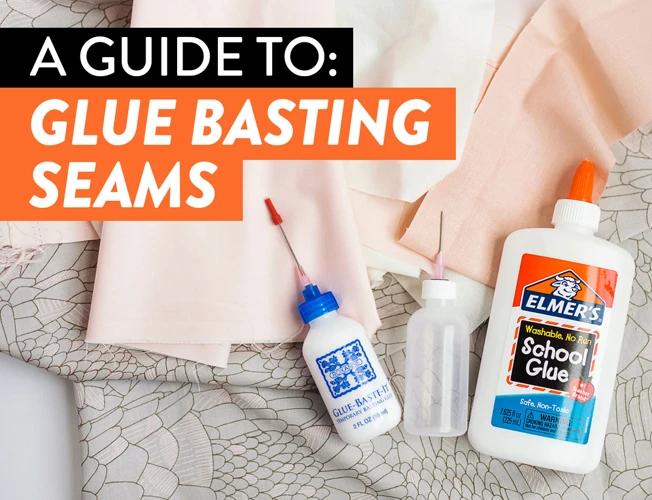Embarking on a quilting project can be a mesmerizing journey, filled with patterns, textures, and the tranquil dance of needle and thread. However, before the quilting magic happens, one must tackle the crucial step of layering and securing the quilt sandwich. That’s where glue basting comes in as a game-changer. This method, incorporating adhesive basting, has been gaining traction among quilters worldwide due to its efficiency and effectiveness.
Essential Supplies for Glue Basting a Quilt
To begin the glue baste method, you need to gather a few specific supplies. These essentials include a quality fabric glue for quilting that is temporary and washable, a smooth work surface, and your quilt layers. Additionally, a fine-tip applicator for the glue can be extremely helpful for precise application. With these items at hand, you’re set to transform your quilt preparation into a seamless process.
Step-by-Step Guide to the Glue Baste Method
Preparing Your Quilt
Before diving into the application of glue, it’s crucial to prepare your quilt layers. Ensure that your backing and quilt top are wrinkle-free and that the batting is cut to the right size. A clean, flat surface is vital for this step, allowing you to lay out your materials without any bunching or shifting.
Applying Fabric Glue for Quilting
With your layers flat and ready, you can start applying the fabric glue. Run a thin bead along the edge of the quilt top, being careful not to saturate the fabric. Work in small sections, gently smoothing the top layer onto the batting, ensuring there are no wrinkles or puckers as you go.
Securing the Layers with Temporary Quilt Baste
Once the edges are in place, continue with the temporary quilt baste, applying small dots of glue within the interior of the quilt sandwich. This technique helps maintain the layers’ positions without the need for pins, making it a no-pin basting approach that many quilters find liberating.
Finalizing the No-Pin Basting Process
After you’ve glued all the layers, allow ample time for the adhesive to dry. This step is crucial to avoid any shifting during the quilting process. Once dry, your quilt is ready to be sewn, and you can enjoy a smooth quilting experience free from the hassle of removing pins.
Quilting Tips: Advantages of Adhesive Basting
Why Choose Glue Basting Over Traditional Methods
Quilters often select glue basting for its ability to hold the quilt sandwich layers securely without the distortion that pins or clips might cause. This method also reduces the need to stop and remove pins while quilting, which can be a significant time-saver.
Efficiency and Precision in Quilt Preparation
The strategic use of glue ensures that all parts of your quilt remain exactly where you want them. This precision during quilt preparation is especially beneficial for intricate patterns or when working with delicate fabrics that are prone to shifting.
Common Misconceptions and FAQs on Glue Basting
Some quilters might worry that glue basting could damage their fabric or gum up their sewing machines. However, when using the right type of washable fabric glue designed for quilting, these concerns are unfounded. Questions often arise about the washability and longevity of the adhesive, but rest assured, modern quilting glues are made to wash out completely and not affect the quilt’s durability.
Quilting Techniques: Glue Basting vs. Other Methods
Spray Basting and Pin Basting Comparison
- Spray basting offers a quick, pin-free alternative, but it can be messy and is not suitable for all fabrics.
- Pin basting has been a go-to method for years, but it can be time-consuming and may cause injuries or distort the fabric.
Comparatively, glue basting provides a middle ground, offering the security of pins without the associated drawbacks.
When to Use Glue Basting
Glue basting shines in situations where precision and speed are paramount. It’s ideal for complex patterns, working with slippery materials, or when you want to avoid the physical strain of using pins.
Best Practices for Using Glue in Quilting
Choosing the Right Fabric Glue
The market offers a variety of adhesives, but not all are suitable for quilting. Look for a temporary, washable fabric glue that is specifically designed for basting a quilt. This ensures that the glue will not stain the fabric and can be easily removed after the quilting is complete.
Maintaining Quilt Quality with Glue Basting
Proper application is key to maintaining the integrity of your quilt. Use just enough glue to hold the layers together without soaking through, and ensure that it dries completely before starting to quilt. This approach helps preserve the quilt’s quality and eases the quilting process.
Conclusion: Incorporating Glue Basting into Your Quilting Projects
As we’ve explored, glue basting can simplify the quilt preparation process, saving you time while increasing precision. Embracing this technique might just be the quilting hack you’ve been looking for to enhance your craft. So, why not give it a try on your next project and experience the benefits first-hand?
When it comes to crafting and DIY projects, knowing the right techniques and materials is crucial. While our latest article covers the specifics of how to glue baste a quilt, we also have resources on a variety of other adhesive applications. If you’re working with lighter materials, check out our guide on how to glue balsa wood. For those interested in adding a natural touch to their creations, our tutorial on how to glue moss to cardboard can be quite helpful. And if you’re looking to tackle home improvement projects, you might find our instructions on how to glue carpet to wood particularly useful. Whatever your project may be, we’ve got the glueing tips to help you achieve a flawless finish.
Additional Resources and Further Reading
For those eager to delve deeper into the world of quilting and its myriad of techniques, numerous resources are available. Books, tutorials, and online communities offer a wealth of knowledge on topics such as glue basting and beyond. By engaging with these materials, you can refine your skills and perhaps even discover new quilting tips to integrate into your repertoire.


